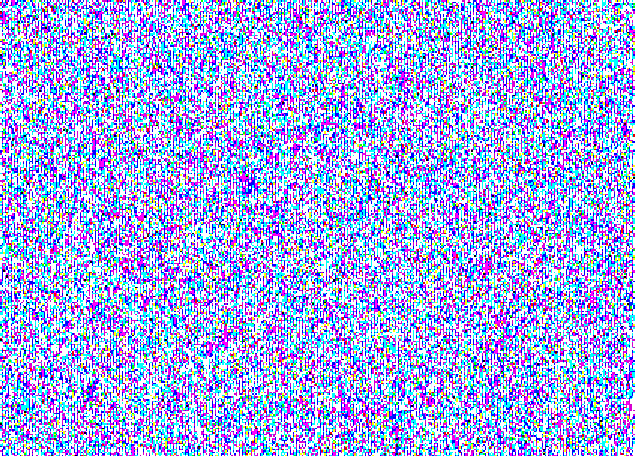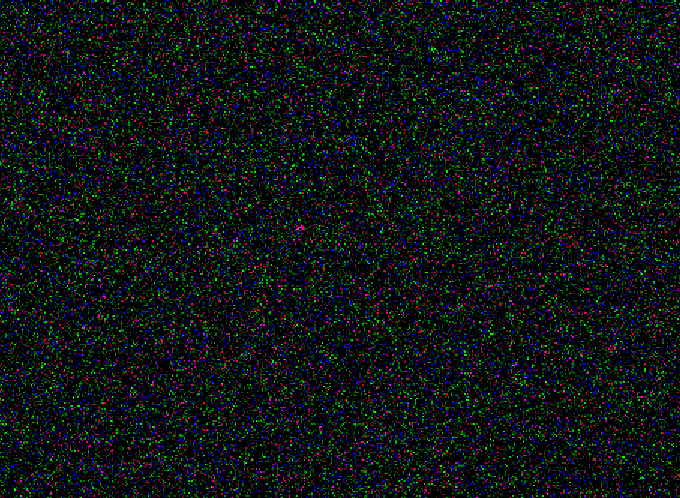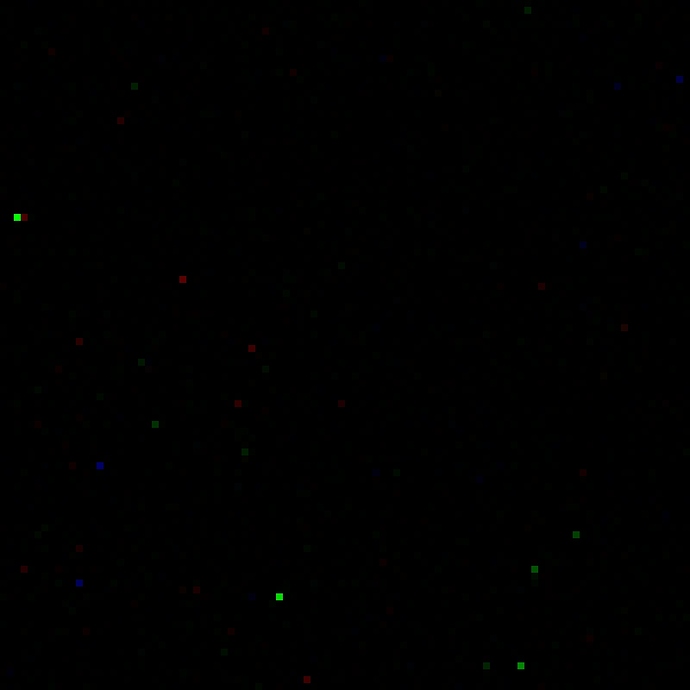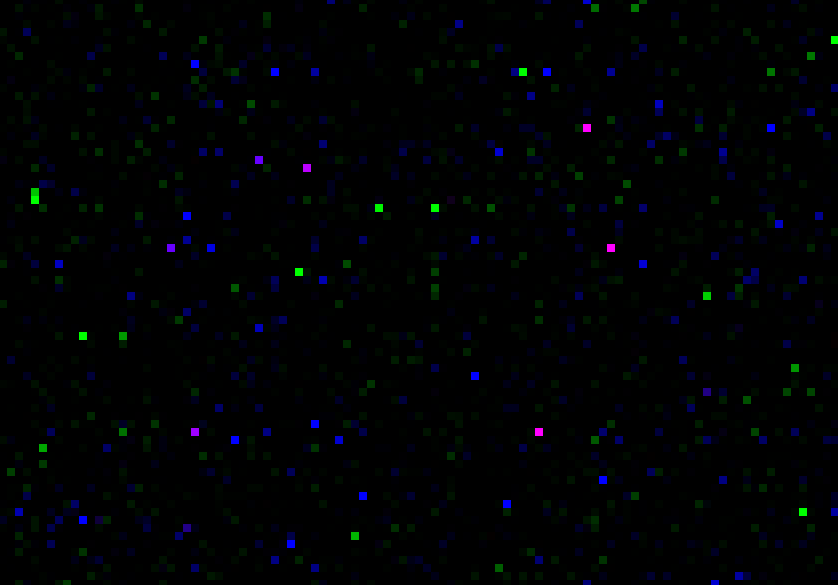Enough already! The length of my post is maybe eye-watering. Sorry.
@Ronaldlees
thanks for these links. This is the stuff I was involved in with our CCD observations, especially if we commissioned a new camera / detector.
But I did not find anything about various ISO settings.
If you are talking about amplification, this seems to be the same in CCD and in CMOS detectors: It is the conversion factor between number of detected photons and the digital number in the output. This is not an amplification but just a multiplication, because you cannot change the number of photons detected. This is what I meant above. However, I never used a CMOS detector. They did not find their way into astronomy. IR-detectors seem to be related at least in the sense that you can address individual pixels for read-out.
Still I would be interested to take a look at an ISO-100 image without the spots (lens not covered) for comparison (if possible as the raw file).
Hermann-Josef
@Jossie : Can any of the detectors detect a single photon? I’m not an expert in this realm - I’m a long-time electronics hobbyist and a (very recent) photography hobbyist/novice. Anyway, I’ll take a no-spot raw photo and post it ASAP …
- Ron
Sorry, you have the wrong Ron.
@ron sorry for this!
Can any of the detectors detect a single photon?
I am not sure what quantum mechanics says about detection of a single photon. In both, CCD and CMOS, charge is built up by illumination with photons. The lower the read-out noise is the lower photon flux can be detected (all well above 1 photon ![]() ). In the analog-to-digital-converter (ADC) the charge is converted to a digital number. And here enters what is called gain: you can specify, how many detected photons correspond to 1 count (some call it digital unit). We called this factor EPC for electrons-per-count. I think, this is what the ISO setting in CCD-cameras does: For low levels of illumination you do not want to get low numbers. Instead you decrease the conversion factor EPC and end up with decent numbers, i.e. the image appears brighter. But the noise is also multiplied.
). In the analog-to-digital-converter (ADC) the charge is converted to a digital number. And here enters what is called gain: you can specify, how many detected photons correspond to 1 count (some call it digital unit). We called this factor EPC for electrons-per-count. I think, this is what the ISO setting in CCD-cameras does: For low levels of illumination you do not want to get low numbers. Instead you decrease the conversion factor EPC and end up with decent numbers, i.e. the image appears brighter. But the noise is also multiplied.
George Rieke (2003, Detection of light) only briefly mentions CMOS detectors. He talks about “providing gain in the amplifier for each pixel”. I do not understand enough about electronics to understand if it is the ADC he is talking about.
In reading I now learned, why CMOS-detectors did not make it into astronomy: Due to the complex circuitry required for each pixel, the area-filling-factor (i.e. the fraction of light sensitive area) is much less for CMOS than for CCDs. With the low light levels in astronomy, it is the photon collecting area where the emphasize is.
Hermann-Josef
@Jossie :
Thanks for the explanation of the detectors. I thought that one photon probably would not create enough potential at the input to the ADC to be measurable above all the noise in the detector - such as the thermal, shot, and other junk noises, or the noise in the connection to the ADC, and the ADC itself. This is why I thought there might be pixel-by-pixel amplification.
I think only one sensor maker (Sony) makes a sensor with on-die ADC. I could be wrong about that. I’ve seen some pretty nice looking astro-photography shots done with the Pentax K series (which is CMOS Bayer) - but professional astronomy is perhaps an order of magnitude more demanding?
Here’s an info link to the columnar ADC that I think Sony might be using. Interestingly, the Pentax K series that’s known for hobby-astronomy photo use employs a Sony sensor - probably with the columnar ADC, which may explain the high ISO capability of those cameras:
https://www.edn.com/design/integrated-circuit-design/4313668/Modern-ADCs-improve-CMOS-image-sensors
- Ron
a single photon would be lost in the noise. Best astronomical CCD cameras have a read-out noise of a few electrons.
but professional astronomy is perhaps an order of magnitude more demanding?
Astronomical cameras are all sort of self-made, i.e. built by electronics departments of the institutes running the observatory. They are cooled to about -90°C to minimize dark current. So you cannot compare their performance to cameras from the consumer industry.
Hermann-Josef
When light shines at a certain angle, some cameras could exhibit certain artifacts. I won’t elaborate because I don’t think that is what you are facing after reading your initial post. Sorry I didn’t read it before replying. ![]()
Random guess #2 would be static electricity. It happens. I thought of this since the spots are in different locations each frame you take. Perhaps, at lower ISOs, the signal is too low even when amplified to see.
The spots are back, but have lower intensity. I have to crank the software brightness control up to a quite high level in order to see them. Should I presume that I have light coming into the room in spite of my thinking that it’s an unlikely event? My eyes cannot see anything in this room in the middle/wee hours of the morning. Not a speck of anything is visible to me - it’s mud black.
https://filebin.net/03d65n20vi6pwo4w/SDIM8091-ISO100-90SECS-F5.6-RAW.X3F?t=0fhoa3nl
I guess I could use the K5 to see if it does the same thing. If the K5 does the same thing, then I have a light leak even though I seemingly cannot find it. I wonder if anyone else has done this kind of test. The aggregation factor of the time lapse exposure is what makes astro-photography work, so I guess it makes sense that there could be light that I cannot see in the room, and which subsequently appears in the time lapse photo.
- Ron
Lest someone think otherwise, normal (visible light) shots seem fine from the SD14. Here’s one shot a few minutes ago …
https://filebin.net/e0zjivhpeozwe8cn/SDIM8134.png?t=5uj7xtjn
There are no “spots” to worry about, i.e., the photo is OK, although it’s not a good composition and the background is out of focus.
- Ron
I looked at the histogram of your latest image with the spots. It is very strange. This is not what I would expect from white noise. There are also short vertical stripes to be seen in the image. Where exactly do you see the spots? Could you give an enlarged example, because I only see something of which I am not sure if it noise or not.
Hermann-Josef

I used PhotoShop to import the file. Maybe there was something wrong with that. With RawTherapee I get the same as yours image. I can only see one “spot” which might also be noise:

Hermann-Josef
I guess it’s hard to tell if what we’re seeing is “normal” or not, until we compare it to something. So, I’ll take some Pentax K5 shots for comparison.
- Ron
With RawTherapee I get the same as yours image. I can only see one “spot” which might also be noise:
So, you’d say that the last raw image is fairly clean - with no artifacts above background noise?
This is what I did (edit: on SDIM8091-ISO100-90SECS-F5.6-RAW.X3F):
1. dcraw → document mode (no demosaicing, scaling)
2. gmic → crop to centre 100x100 square → resize 10x → normalize to 0-255 → round → save as JPG
This is what I get:
Observation
Normally, for regular Bayer, document mode yields a grey scale grid like image of RGGB or something similar. This one has coloured pixels. Perhaps the zoom level is too high to see any patterns; however, this doesn’t look nearly as busy as either of your images… 
Oh, sorry, this one: SDIM8091-ISO100-90SECS-F5.6-RAW.X3F.
yesterday evening a message popped up saying that I have too many contributions to this thread. I should give others a chance to reply. So I stopped writing.
So, you’d say that the last raw image is fairly clean - with no artifacts above background noise?
Yes, this is what I think.
The pixels not being zero should be, as as a first thought, dark signal. Since this is a raw image, dark current is not subtracted. However, you say the signal is gone with the lens cap on. Then it could not be the dark current since this is independent of the lens cap. Then there only remains stray light, even if you do not see anything. Both, dark and stray light, should increase linearly with exposure time.
What is strange, are their histograms. Since I assume, that the result from RT is gamma-corrected, I inverted this to get the raw counts. The histogram is not smooth but has many (regular) spikes with some signal in between. Above is the full range, below zoomed in into the low count range. Black is the linear, grey the log histogram:
If you compare the channels, most pixels > 0 appear in just one or two channels, i.e. many pixels are green or blue. I have not found a pure red pixel. Reddish pixels all have also a blue signal, as far as I can see:
Perhaps this has to do with the detector layout with the red layer being the bottom one? Why the histograms have regular spikes, I do not understand.
Hermann-Josef
I’m inclined to agree that stray light is the culprit. I’ve never done this sort of thing before, so in spite of the entire thread being mostly an academic exercise, I think it was worth doing. I guess the answer is never to build a “dark room” with windows LOL.
Concerning the use of the SD14 with astronomy, it has been tried. See:
In particular, it’s interesting to note the last paragraph in the conclusion (paragraph 5), relative to statements about noise. I wonder what improvements there are in later models of this (e.g., Merrill, Quattro). Thinking about giving one of them a try. Thanks for all the work on the graphing.
- Ron


